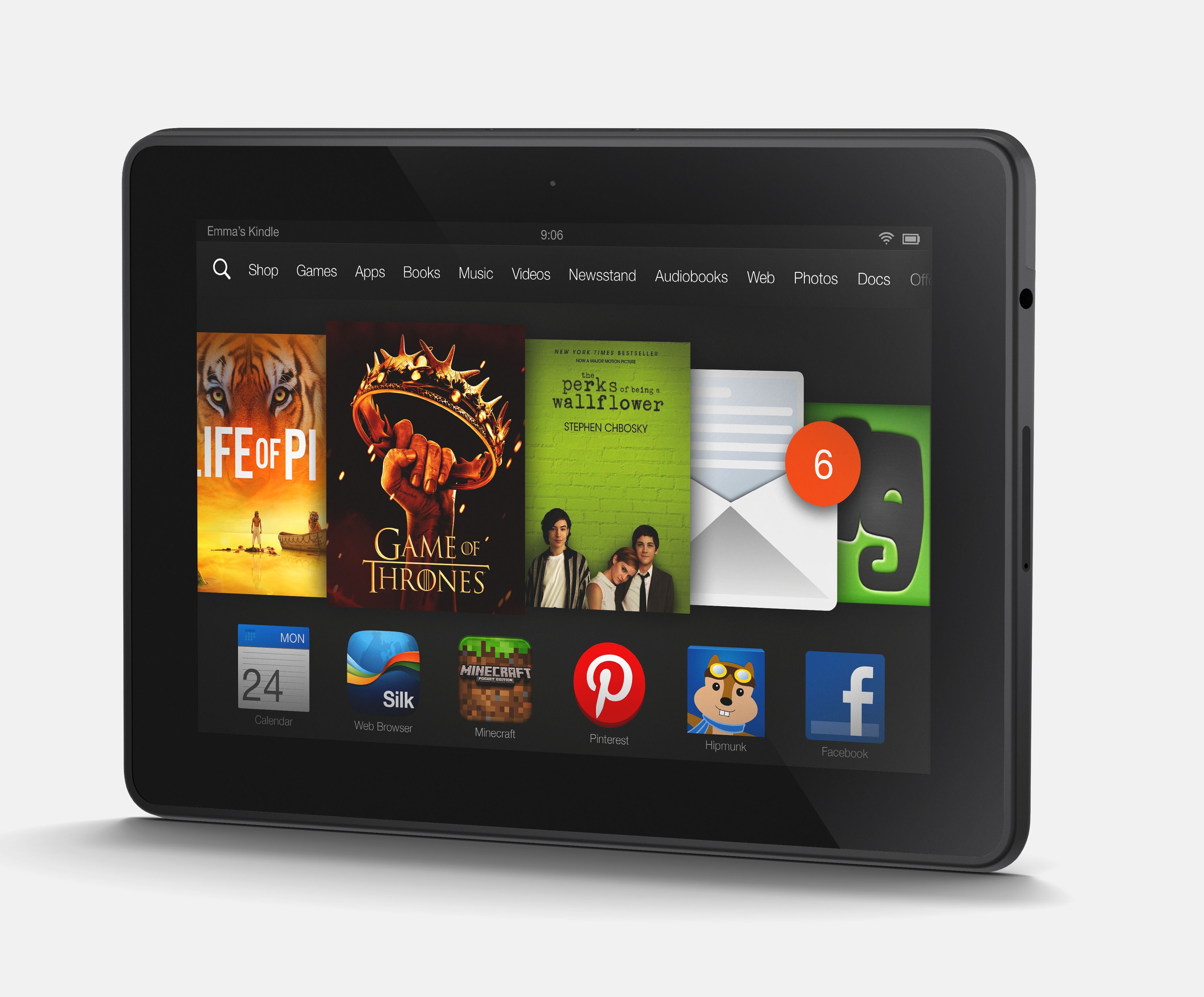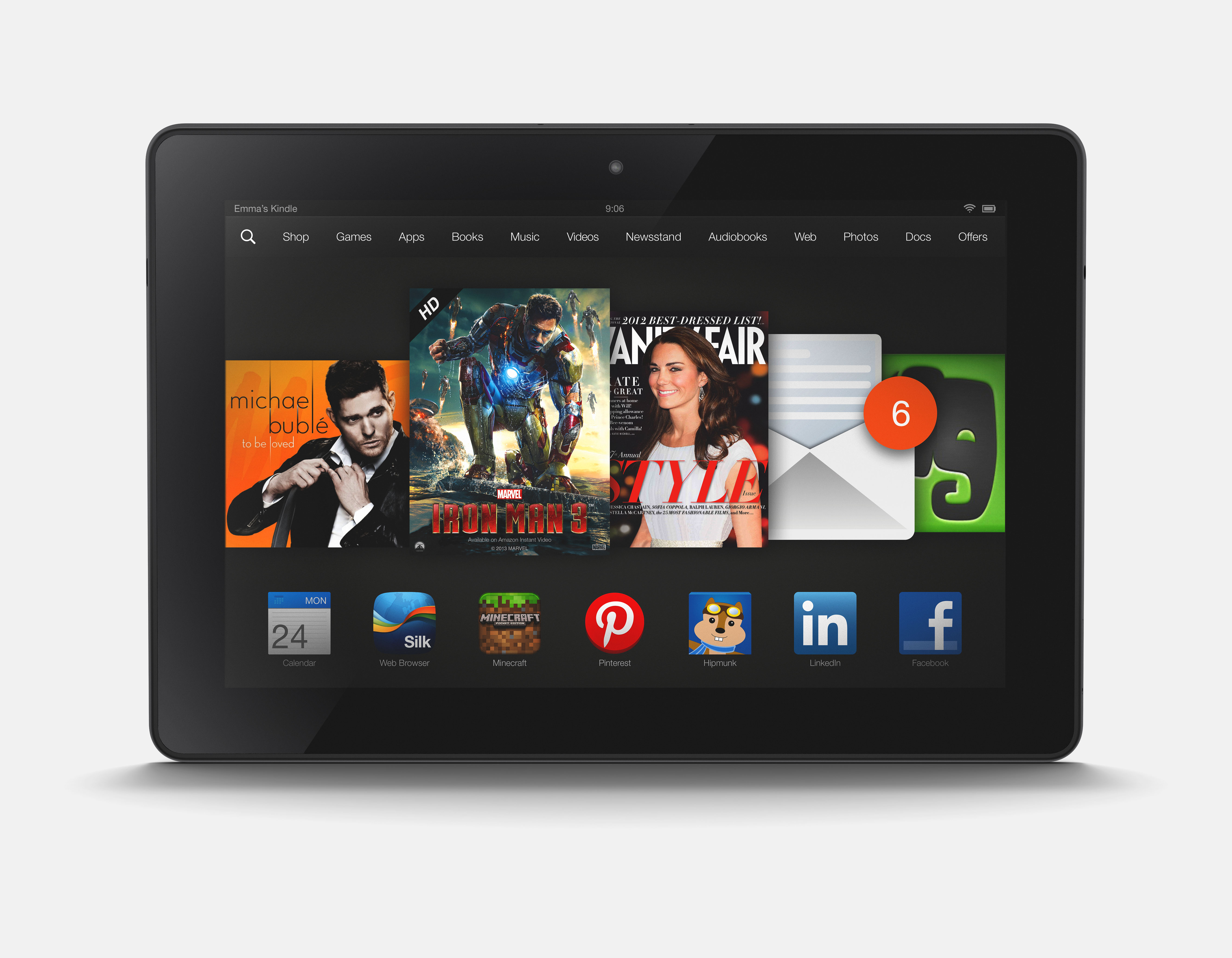Amazon has announced the launch of the third version of its own Android firmware for Kindle Fire tablets.
Recently, one of the world’s largest online stores, Amazon, introduced the third generation of its tablets. These are the Kindle Fire HDX 7 and Kindle Fire HDX 8.9 (they also presented the updated Kindle Fire HD for $139, but this is a slightly different conversation). They are distinguished by powerful stuffing – both have quad-core processors based on Qualcomm Snapdragon 800 – and good screens (although who will be surprised by this today?). The point density of a seven–inch device is 323 ppi at a resolution of 1920 by 1200 points, an eight–inch device has 339 ppi at a resolution of 2560 by 1600 points. They ask for $229 for the first one, $379 for the second one.
Kindle Fire HDX 7Simultaneously with the devices, the company introduced Fire OS 3.0, a new version of its Android firmware.
It is built on the open source Android 4.2.2. That is, in theory, it works just as smoothly and supports the same runtime libraries. According to Amazon, 75% of the Android applications tested by the company’s specialists do not require any adaptation.
Kindle Fire HDX 8.9Amazon has also announced full HTML5 support.
Developers can use the Amazon App Store to distribute their HTML5 applications and earn money from them.
Before the release of the system, the 2013 Kindle Fire emulator and Amazon AVD (Android Virtual Device) Launcher were also released, which simplify the process of testing applications. Thanks to them, the developer can develop and test the program without a physical device based on Fire.
As for users, they, first of all, will pay attention to the Mayday button, which allows real-time video communication with Amazon technical support.
Apart from the latter, no revolutions. Amazon still does not compete directly with Apple and Google. The company presents both a series of its devices and its own OS differently. In the first place, she puts working with the user, so that it is more convenient for him to navigate the content, it is more comfortable to use it. It is difficult to say how effective this approach is, since Amazon does not like to share numbers.
A source: developer.amazon.comIn the photo above, Amazon CEO Jeff Bezos (Jeff Bezos) is happy.


